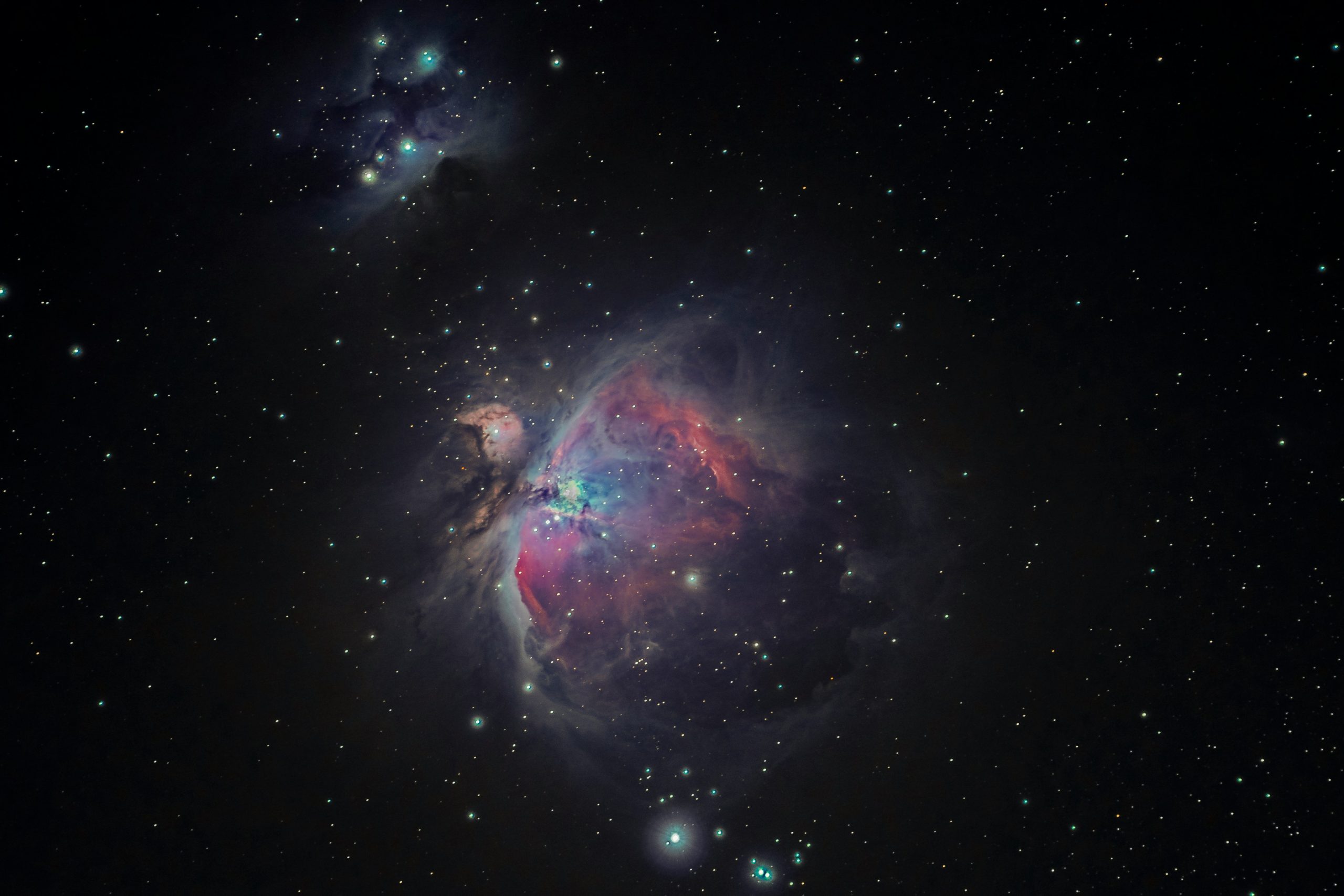Exploring the Astronomical Knowledge of the Maya

Before diving in, please note: This post is for informational purposes only. If you’d like to know more about how we approach topics, feel free to check out our friendly Disclaimer Page.
Hey there, amazing readers! 🖐️ Just a quick note: yes, we know there are a lot of ads here. Trust us, we get it—it’s not the prettiest look, but they help us keep this blog alive and kicking. Those pesky little ads cover the costs of all the behind-the-scenes magic, from hosting and tech stuff to creating content we hope you’ll love.
We’re committed to delivering quality posts, and your support (even just sticking around despite the ads) means everything to us. So, bear with us, and thanks for helping us keep the good vibes rolling. Now, on to the fun stuff! 😉
TRANSLATE BUTTON AT THE END OF THE ARTICLE
A Quick Overview
Have you ever stared up at the night sky, wondering about the secrets it holds?
The ancient Maya did just that, but they went further.
They deciphered the cosmos in ways that still amaze us today.
Their astronomical knowledge was deeply intertwined with culture, religion, and daily life.
So, let’s embark on this journey to explore the rich tapestry of Maya astronomy—a blend of science, mythology, and timekeeping.
Introduction: The Fascinating World of Maya Astronomy
The Maya civilization, flourishing from around 2000 BCE to 1500 CE in what is now Mexico, Guatemala, Belize, and parts of Honduras, was one of the most sophisticated cultures of its time.
They were not just builders of grand pyramids or creators of intricate art; their understanding of astronomy was profound.
They charted celestial events with remarkable accuracy, influencing agriculture, religious ceremonies, and social organization.
Imagine living in a world where the movements of planets could dictate the timing of your crops or the scheduling of sacred rituals.
That’s the reality for the ancient Maya.
Their star-studded night sky was more than just a backdrop; it was a dynamic map guiding their lives.
Through careful observation, they developed complex calendars and astronomical models, which still intrigue researchers today.
What’s fascinating is that Maya astronomy wasn’t just about observation; it was a fusion of science and spirituality.
They believed that the heavens were a reflection of the gods’ will.
This belief imbued their astronomical pursuits with great significance, as they saw the cosmos as a living entity that communicated divine messages.
A Brief History of the Maya Civilization’s Achievements
The Maya civilization achieved remarkable feats across various domains.
Their cities, like Tikal, Palenque, and Copán, showcased extraordinary architectural prowess.
They built temples, pyramids, and palaces, adorned with stunning carvings and murals.
These structures were aligned with astronomical events, highlighting the close connection between their architecture and celestial observations.
In mathematics, the Maya were pioneers.
They developed a base-20 numeral system, which included the concept of zero—an incredible intellectual leap for their time.
This mathematical framework helped them in complex calculations, including astronomical ones.
Their writing system, known as hieroglyphics, allowed them to document their knowledge.
They inscribed texts on stone monuments, pottery, and codices, preserving their astronomical wisdom for future generations.
Many of these texts contained detailed astronomical tables, showcasing their observations of celestial bodies.
Trade and cultural exchanges also played a vital role in their development.
The Maya interacted with neighboring civilizations, sharing knowledge and ideas.
This exchange contributed to their advancements in astronomy and mathematics, making their civilization a melting pot of intellect and creativity.
Celestial Bodies: The Sun, Moon, and Stars in Maya Lore
The Maya viewed celestial bodies as powerful entities with profound connections to their lives.
The Sun, regarded as a giver of life, was central to their mythology.
They saw it as a deity, representing warmth, growth, and fertility.
The daily journey of the Sun across the sky mirrored the cycle of life, influencing agricultural practices and rituals.
The Moon held its significance too.
It was often associated with fertility and the feminine aspect of life.
The Moon’s phases dictated various agricultural activities, such as planting and harvesting.
The Maya observed the Moon’s cycles meticulously, allowing them to align their agricultural calendar with lunar phases.
Stars were equally vital.
The Maya identified constellations and celestial patterns, which they linked to their myths and legends.
The Pleiades, for example, played a significant role in their cosmology, marking the beginning of the agricultural year.
In their understanding, celestial bodies were not just distant objects; they were integral to their worldview.
The Maya believed that the movements of these bodies directly influenced their lives, guiding their actions and decisions.
The Maya Calendar: Timekeeping Beyond Our Imagination
One of the most impressive achievements of the Maya was their calendar system.
They developed multiple calendars, including the Tzolk’in (a 260-day ritual calendar) and the Haab’ (a 365-day solar calendar).
The combination of these calendars created a 52-year cycle known as the Calendar Round.
Each day in the Tzolk’in and Haab’ had unique significance, linked to religious events, agricultural cycles, and social activities.
The precision of their calendars allowed the Maya to track celestial events with astonishing accuracy.
The Long Count calendar was another remarkable creation, used to record historical events.
It helped the Maya keep track of time over millennia, marking significant occurrences in their civilization.
This calendar, with its unique system of counting days from a fixed point in time, reflects their sophisticated understanding of chronology.
The Maya didn’t just measure time; they embedded it with meaning.
Their calendars were not mere tools; they were spiritual guides, helping them navigate both the earthly and celestial realms.
Observatories and Structures: Ancient Tools for Tracking
The Maya constructed impressive observatories to monitor celestial movements.
Structures like the Caracol in Chichén Itzá served as both astronomical observatories and ceremonial sites.
The elevated positions provided clear views of the sky, enabling detailed observations of planetary movements and astronomical events.
These observatories were strategically aligned with celestial phenomena.
For instance, some buildings were oriented towards the rising or setting sun at specific times of the year.
This alignment allowed the Maya to celebrate significant solar events, such as solstices and equinoxes, reinforcing their connection to the cosmos.
In addition to observatories, many Maya cities boasted pyramids and temples with astronomical significance.
The Pyramid of Kukulcán, for instance, is famous for its shadow play during equinoxes, creating the illusion of a serpent descending the steps.
This architectural marvel illustrates their advanced understanding of astronomy and geometry.
Through these structures, the Maya not only observed but celebrated celestial events.
Their architecture served as a testament to their astronomical knowledge and spiritual beliefs, blending science with ritual.
The Role of Venus: A Bright Star in Maya Mythology
Venus, known as the Morning Star and Evening Star, held a special place in Maya astronomy and mythology.
The Maya tracked Venus’s cycles meticulously, associating it with warfare and agriculture.
The 584-day cycle of Venus was more than just a celestial phenomenon; it guided their strategies in warfare and the timing of agricultural activities.
The Maya viewed Venus as a powerful deity, symbolizing duality—creation and destruction.
They believed that the appearance of Venus as the Morning Star signaled the beginning of important rituals and even wars.
This association underscored the significance of celestial events in their society.
The Dresden Codex, one of the few surviving pre-Columbian books, contains detailed tables predicting the cycles of Venus.
These predictions were crucial for planning military campaigns and religious ceremonies.
By understanding the movements of Venus, the Maya demonstrated their sophisticated astronomical knowledge.
They used this knowledge to navigate the complexities of their world, intertwining celestial observations with earthly affairs.
Eclipses and Their Significance in Maya Culture
Eclipses were awe-inspiring events for the Maya, viewed as powerful omens.
They meticulously recorded solar and lunar eclipses, interpreting them as messages from the gods.
Eclipses were often seen as moments of cosmic balance, signaling changes in leadership, agriculture, and societal dynamics.
The Maya understood the science behind eclipses.
Their observations allowed them to predict when these dramatic celestial events would occur.
This ability showcased their advanced astronomical knowledge, often surprising even modern scholars.
Eclipses were significant in rituals and ceremonies.
During these events, the Maya believed that the gods were in communion, and they participated in ceremonies to appease them.
This connection between celestial events and spirituality was central to their religious beliefs.
The importance of eclipses extended to daily life, influencing agricultural practices and social order.
They understood the cycles of nature and aligned their activities accordingly.
Eclipses became not just astronomical events but profound moments of cultural significance.
The Alignment of Architecture with Celestial Events
The Maya were masters of architectural alignment.
Many of their structures were designed to align perfectly with celestial events, showcasing their deep understanding of astronomy.
For instance, the Temple of the Inscriptions in Palenque was aligned to capture the sun during important solstices.
This alignment was not merely for aesthetics; it held spiritual significance.
The Maya believed that their structures acted as conduits between the earthly and celestial realms, allowing for divine interaction during key astronomical events.
The strategic placement of buildings allowed for ceremonial gatherings during solstices and equinoxes.
These occasions were moments of great cultural importance, as they celebrated the connection between the cosmos and their community.
The architectural prowess of the Maya highlights their commitment to astronomy.
Their ability to incorporate celestial alignments into their structures reflects a civilization deeply engaged with the skies above.
The Mathematics Behind Maya Astronomical Knowledge
At the heart of Maya astronomy lay a sophisticated mathematical system.
The Maya employed a vigesimal (base-20) numeral system, enabling them to perform complex calculations.
This numerical framework was essential for their astronomical observations and calendar systems.
They used various mathematical techniques, including the concept of zero, which was revolutionary for their time.
This understanding allowed them to execute precise calculations, enhancing their ability to track celestial bodies and predict events.
Their knowledge wasn’t just theoretical; it was applied practically.
The Maya calculated the cycles of celestial bodies, including the Sun, Moon, and Venus, integrating these calculations into their calendars and agricultural practices.
The intersection of mathematics and astronomy showcased the Maya’s intellectual sophistication.
Their achievements in these fields continue to impact our understanding of ancient civilizations and their connections to the cosmos.
Astronomy in Daily Life: Agriculture and Festivals
Maya astronomy wasn’t confined to observatories and temples; it permeated daily life.
Agriculture, a cornerstone of their society, was deeply influenced by celestial observations.
The timing of planting and harvesting was aligned with astronomical events, ensuring optimal crop yields.
Festivals were often scheduled around celestial events, merging the agricultural calendar with religious and cultural practices.
The arrival of the rainy season, guided by celestial signs, prompted celebrations that reinforced community bonds.
The Maya viewed their agricultural cycle as a reflection of the cosmos.
They believed that the heavens influenced the earth, and their actions had to align with these celestial rhythms.
This connection fostered a sense of harmony and balance within their communities.
By interweaving astronomy with daily life, the Maya cultivated a society that revered both the earth and the sky.
Their ability to adapt to celestial cycles was a testament to their understanding of the interconnectedness of all things.
Legacy of Maya Astronomy: Impact on Modern Science
The legacy of Maya astronomy endures today.
Their sophisticated understanding of celestial mechanics, timekeeping, and mathematics has influenced fields such as astronomy and archaeology.
Modern scientists continue to study their astronomical records, revealing insights into ancient civilizations and their relationships with the cosmos.
The Maya’s calendars and astronomical models laid the groundwork for future astronomical studies.
Scholars today marvel at their ability to predict celestial events with remarkable accuracy, often surpassing contemporary techniques of their time.
Furthermore, the Maya’s integration of astronomy with culture and spirituality offers valuable lessons.
Their holistic approach to understanding the world encourages us to view science and spirituality as interconnected, fostering a deeper appreciation for both.
As we explore the cosmos with advanced technology, we find ourselves reflecting on the wisdom of ancient civilizations.
The Maya remind us that the stars have always been a source of wonder, guiding humanity’s journey through time.
Conclusion: Celebrating the Maya’s Stellar Insights
As we wrap up our exploration of Maya astronomy, it’s clear that their contributions were astounding.
They were not merely stargazers; they were pioneers who wove celestial observations into the fabric of their culture.
Their insights into timekeeping, celestial events, and agricultural practices reveal a civilization rich in knowledge and spirituality.
Today, we owe much to the Maya.
Their enduring legacy influences not just our understanding of the cosmos but also our appreciation for the interconnectedness of life.
As we gaze up at the stars, let’s remember the ancient wisdom of the Maya, who found meaning and purpose in the celestial wonders above.
So next time you look up at the night sky, think of the Maya and their remarkable journey of discovery.

The Enlightenment Journey is a remarkable collection of writings authored by a distinguished group of experts in the fields of spirituality, new age, and esoteric knowledge.
This anthology features a diverse assembly of well-experienced authors who bring their profound insights and credible perspectives to the forefront.
Each contributor possesses a wealth of knowledge and wisdom, making them authorities in their respective domains.
Together, they offer readers a transformative journey into the realms of spiritual growth, self-discovery, and esoteric enlightenment.
The Enlightenment Journey is a testament to the collective expertise of these luminaries, providing readers with a rich tapestry of ideas and information to illuminate their spiritual path.
Our Diverse Expertise 🌟
While our primary focus is on spirituality and esotericism, we are equally passionate about exploring a wide range of other topics and niches 🌍📚. Our experienced team is dedicated to delivering high-quality, informative content across various subjects ✨.
To ensure we provide the most accurate and valuable insights, we collaborate with trusted experts in their respective domains 🧑🏫👩🏫. This allows us to offer well-rounded perspectives and knowledge to our readers.
Our blog originally focused on spirituality and metaphysics, but we’ve since expanded to cover a wide range of niches. Don’t worry—we continue to publish a lot of articles on spirituality! Frequently visit our blog to explore our diverse content and stay tuned for more insightful reads.





